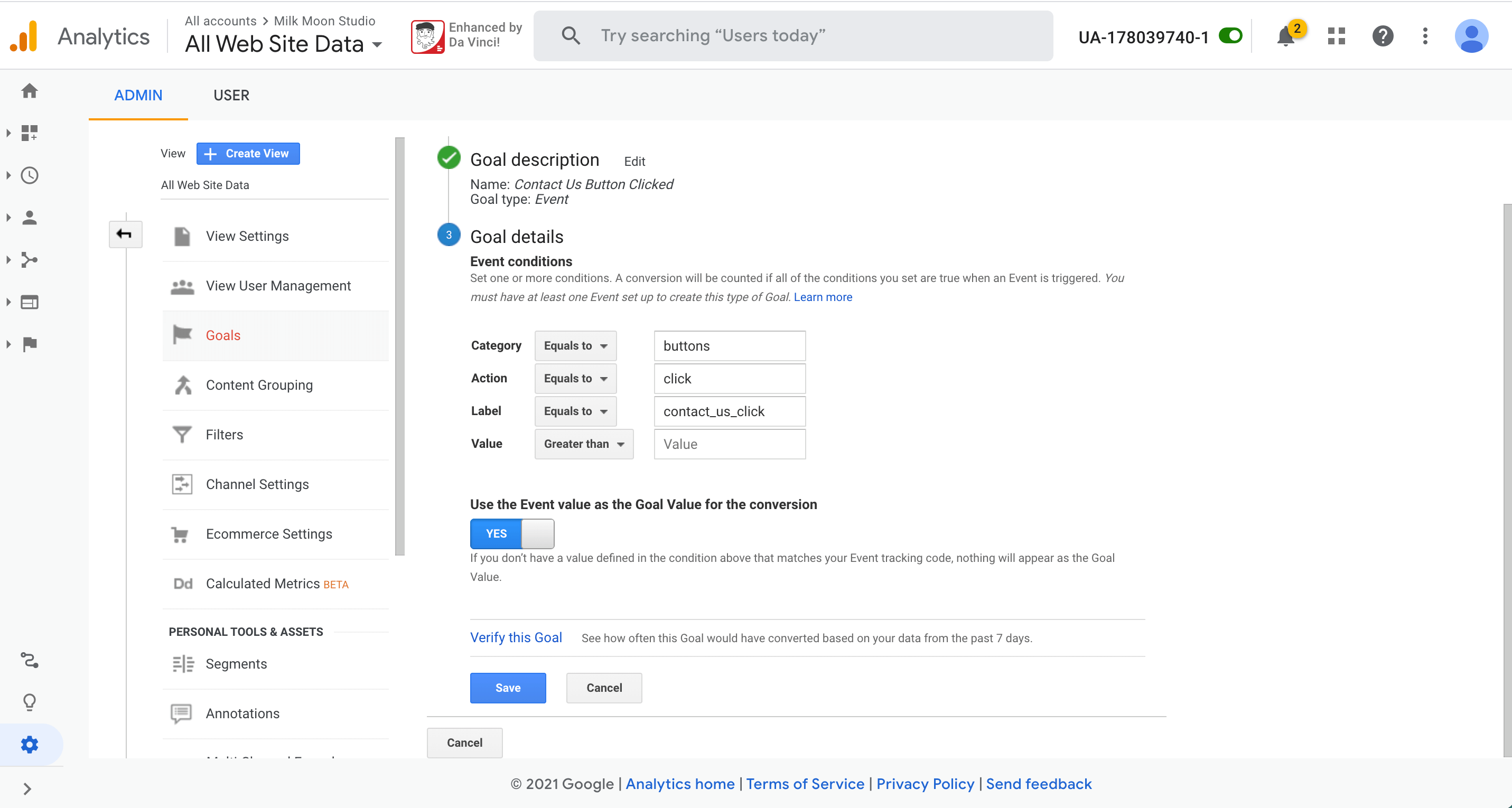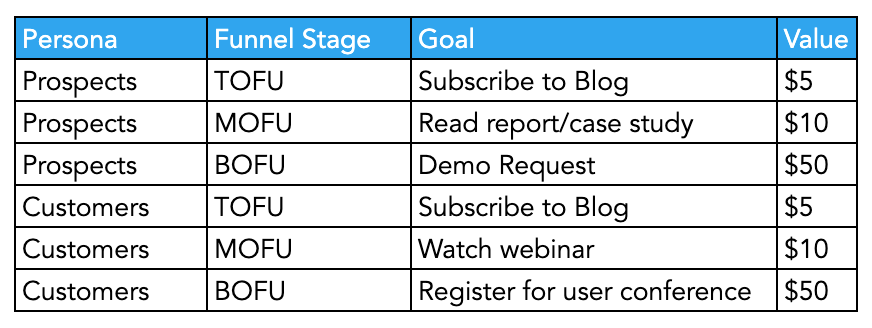What Data Is Google Analytics Goals Unable to Track: Important Information
What Data Is Google Analytics Goals Unable to Track: Important Information
Blog Article
Discover the Limitations of Google Analytics Goals: Revealing the Information Kind That Remain Untrackable
As businesses significantly count on data-driven decision-making, recognizing the constraints of devices like Google Analytics becomes critical. While Google Analytics Goals offer useful insights into user interactions, there exist data types that thwart tracking, posturing obstacles to a comprehensive understanding of user actions.
Insufficient User Journey Tracking
Insufficient user journey tracking within Google Analytics can prevent the capacity to precisely evaluate user habits. When the individual trip is not totally tracked, there are spaces in the data that prevent a thorough understanding of just how individuals connect with an internet site. This lack of understanding can cause missed out on opportunities for optimization and renovations to the user experience.
One usual issue with insufficient user journey tracking is the failure to see the full path that users take before completing a goal or leaving the site. Without this details, it is testing to identify where individuals might be encountering barriers or friction factors that prevent them from converting. Furthermore, insufficient tracking can cover the impact of certain marketing initiatives or internet site adjustments on user behavior.
To resolve this restriction, it is essential to set up appropriate tracking mechanisms within Google Analytics to catch the entire individual journey. This may include setting up occasion monitoring, goal funnels, or using devices like Google Tag Supervisor to guarantee that no crucial interactions go unrecorded. By gaining a comprehensive sight of the customer trip, site owners can make more enlightened choices to enhance user engagement and drive conversions.
Acknowledgment Obstacles
Browsing via acknowledgment challenges in Google Analytics calls for a detailed understanding of just how various touchpoints add to the overall conversion process. Acknowledgment difficulties arise from the intricacy of modern consumer journeys, where users engage with numerous channels prior to transforming. Google Analytics offers numerous acknowledgment models like first touch, last touch, and straight, each using a various perspective on just how credit report is appointed to touchpoints along the conversion path. However, these designs might not constantly accurately show the true influence of each touchpoint on the conversion.
One typical acknowledgment difficulty is the problem in associating conversions to the correct resource, especially in situations where users communicate with numerous networks before converting. This can cause mistakes in determining which advertising and marketing initiatives are driving the most conversions. In addition, cross-device tracking presents another acknowledgment difficulty, as individuals commonly switch over between gadgets during their journey, making it testing to track their communications effortlessly. Marketers need to very carefully evaluate and interpret attribution information to make enlightened decisions and optimize their advertising strategies efficiently.
Offline Conversions
Given the difficulties connected with associating conversions accurately in online networks, the measurement of offline conversions offers a considerable possibility for marketing experts seeking a more thorough understanding of their consumers' journey. Offline conversions describe actions that customers absorb the real world, such as making purchases in brick-and-mortar shops or over the phone, participating in events, or engaging with printed materials - what data is google analytics goals unable to Read Full Article track. These conversions are critical for businesses that run both online and offline, as they offer valuable insights right into the efficiency of advertising projects throughout various touchpoints
Tracking offline conversions generally presented a substantial difficulty for marketing professionals, as it was testing to connect these activities back to particular online communications properly. With improvements in modern technology, such as the combination of CRM systems, special identifiers, and promo code codes, organizations can currently connect the gap in between online and offline information to obtain a more holistic view of client behavior. By efficiently determining offline conversions, online marketers can enhance their strategies, designate resources much more efficiently, and ultimately improve the general customer experience.
Cross-Device Tracking
Cross-device tracking plays an essential function in comprehending the interconnected nature of consumers' digital interactions across multiple gadgets. In today's omnichannel world, where users flawlessly switch over between tablet computers, desktop computers, and smart devices, tracking my latest blog post their habits across these tools is crucial for marketers to gain an extensive sight of their client journey.

Furthermore, personal privacy worries and laws such as GDPR and CCPA have better difficult cross-device tracking. With individuals demanding more control over their data and boosted limitations on tracking modern technologies, marketing professionals should discover privacy-compliant and cutting-edge means to link customer interactions across gadgets.
Dynamic Material Involvement
Understanding user interaction with vibrant material is critical in maximizing digital advertising and marketing approaches for improved audience communication. Dynamic web content describes web site elements that change based upon customer habits, preferences, or other variables, using a tailored experience. However, tracking customer interactions with dynamic material postures obstacles for conventional analytics devices like Google Analytics.
While Google Analytics can track fundamental communications like clicks and web page sights, it might struggle to capture even more nuanced engagements within vibrant material. what data is google analytics goals unable to track. Metrics such as time spent on details vibrant components, float activities, or interactions within pop-ups are often not quickly measurable making use of basic monitoring methods. This constraint impedes online marketers' capacity to fully comprehend just how users are engaging with dynamic material and tailor their techniques appropriately

Conclusion
To conclude, Google Analytics objectives have constraints in tracking incomplete user journeys, associating conversions accurately, recording offline conversions, tracking cross-device interactions, and gauging vibrant web content engagement. These constraints highlight the relevance of checking out extra monitoring techniques and tools to gain a more thorough understanding of user behavior and conversions beyond what Google Analytics click for source can provide.
While Google Analytics Goals offer valuable understandings into user interactions, there exist data types that thwart tracking, positioning challenges to a thorough understanding of user behavior.Insufficient customer trip monitoring within Google Analytics can hinder the capability to precisely analyze user habits. When the individual trip is not totally tracked, there are voids in the data that stop a thorough understanding of just how individuals engage with a site.One common problem with incomplete customer trip monitoring is the lack of ability to see the complete path that individuals take previously completing an objective or leaving the website. By acquiring an extensive sight of the individual trip, internet site owners can make more informed decisions to improve customer engagement and drive conversions.
Report this page